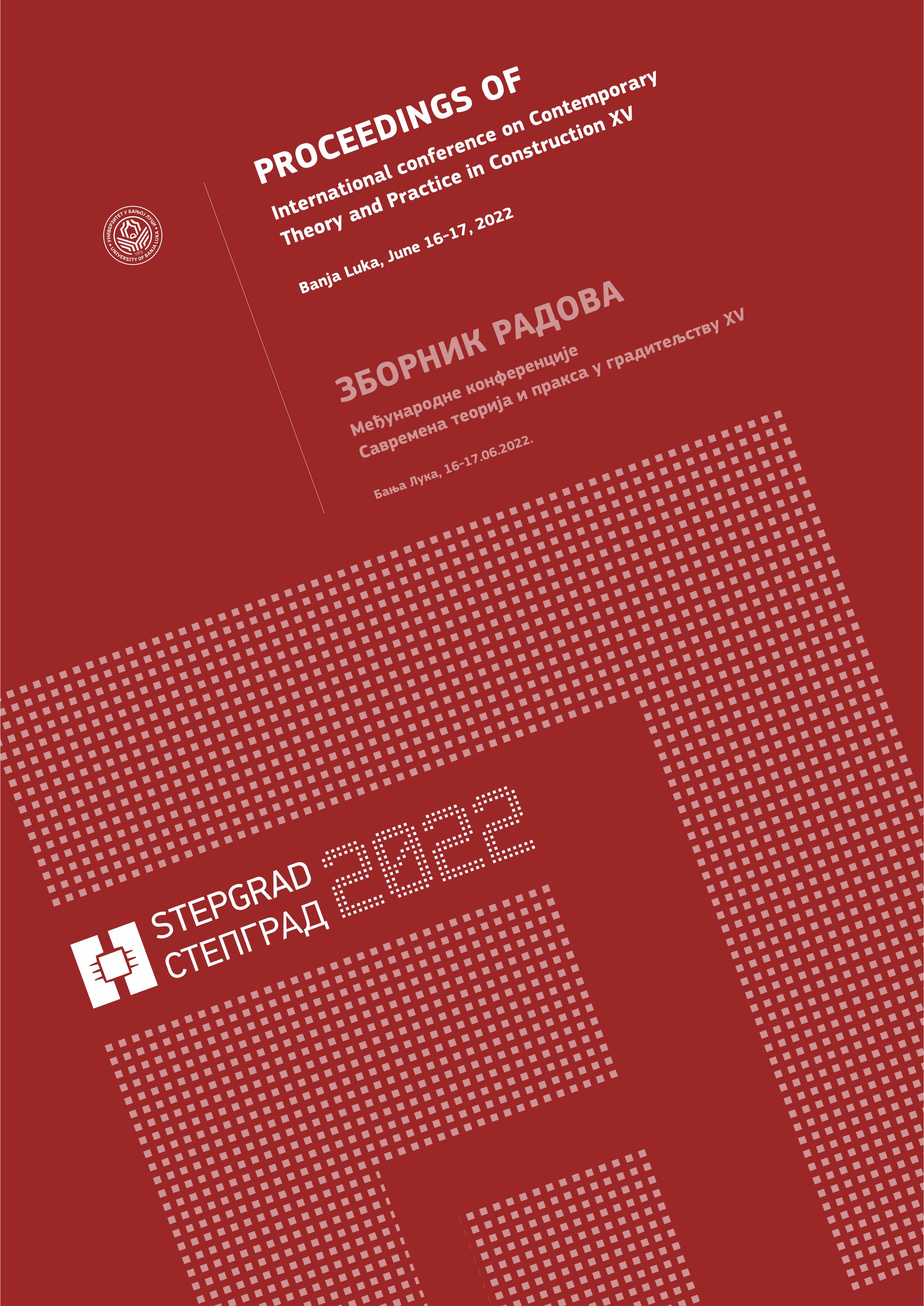COMPARISON OF IRI-2016 AND NEQUICK MODELS OF THE IONOSPHERE OVER THE BALKAN PENINSULA DURING THE YEAR 2019
DOI:
https://doi.org/10.7251/STP2215283TAbstract
In this paper, a comparative study of the total vertical electron content (VTEC) calculated using the IRI-2016 and NeQuick2 models were performed. The research was done for the days of maximum solar activity in 2019, with data from seven IGS GNNS stations in the region of the Balkan Peninsula. The results show that both models agree quite well with the observed VTEC values obtained from GNSS measurements at all stations, although with some offset observed during several days at different times. The IRI-2016 model performed better than the NeQuick2 model most of the days and stations for which the NeQuick model overestimates the GNSS VTEC. The results show that the Neckick model gives better quality values in some cases, but for isolated instances.
References
D. Bilitza, ''International Reference Ionosphere 2000,'' Radio Science, vol. 36, pp. 261–75, 2000.
K. Rawer, S. Ramakrishnan, and D. Bilitza, ''International Reference Ionosphere 1978. - Special Report,'' International Union of Radio Science, Brussels, 1978.
Bilitza, et al., '' International Reference Ionosphere 2016: From ionospheric climate to real‐time weather predictions,'' Space weather, vol.15, pp. 418-429, 2017.
Angrisano, S. Gaglione, C. Gioia, ''Assessment of NeQuick ionospheric model for Galileo single-frequency users,'' Acta Geophys, vol. 61, pp. 1457–1476, 2013.
European Commission, ''European GNSS (Galileo) Open Service-Ionospheric Correction Algorithm for Galileo Single Frequency Users,'' European Commission Brussels, Belgium, vol.1.2, pp. 1-96, 2016.
Cherniak, I. Zakharenkova, ''NeQuick and IRI-Plas model performance on topside electron content representation: Spaceborne GPS measurements,'' Radio Science, vol. 51, pp. 752–766, 2016.
Z. Guo, Y. Yao, J. Kong, G. Chen, C. Zhou, Q. Zhang, L. Shan, C. Liu, ''Accuracy Analysis of International Reference Ionosphere 2016 and NeQuick2 in the Antarctic,'' Sensors, vol. 21, pp. 1551, 2021.
K. Venkatesh, P. R. Fagundes, G. K. Seemala, ''On the performance of the IRI-2012 and NeQuick2 models during the increasing phase of the unusual 24th solar cycle in the Brazilian equatorial and low-latitude sectors,'' Journal of Geophysical Research: Space Physics," vol. 119, pp. 5087–5105, 2014.
G. K. Seemala, ''GPS-TEC Analysis Application,'' Institute for Scientific Research, Boston College, USA. 2014.
Nava, P. Coisson, and S. M. Radicella, ''A new version of the NeQuick ionosphere electron density model,'' Journal of atmospheric and solar-terrestrial physics, vol. 70, pp. 1856-1862, 2018.

